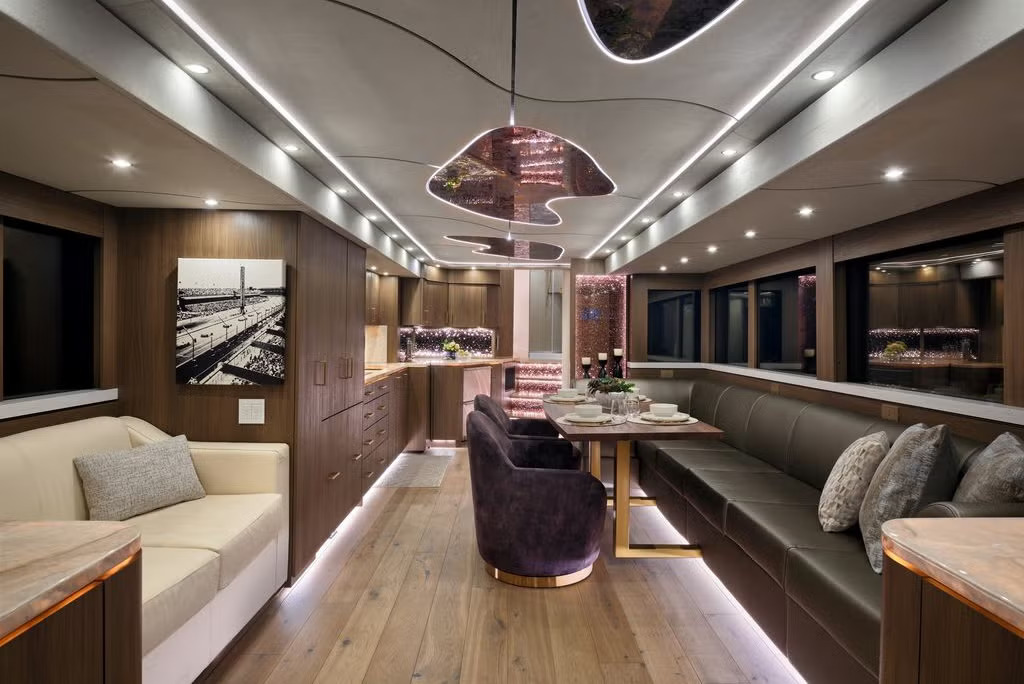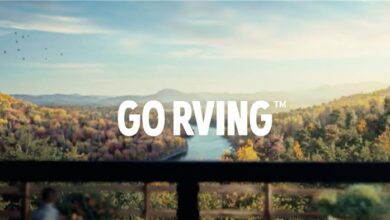House Beautiful Features ‘Surprising’ Design Demand in Mobile Living Spaces
The following is a report from House Beautiful.
While many people may have traded traditional homes for #vanlife during the pandemic, the appeal of hitting the open road hasn’t slowed since its 2020 fever pitch. And, it’s easy to understand why. Why settle for one locale when you can have endless backdrops by putting your home on wheels? But if the idea of RV living conjures up images of sterile interiors, retirees and jam-packed living — think again.
“There’s been a fascinating evolution in RV design clientele over the past few years,” said interior designer Mallory Bouchard of Eider Interiors. “There’s been a significant shift from the traditional demographic to younger, affluent professionals and families who view luxury RVs as a strategic lifestyle investment rather than just recreational vehicles.”
With this change in where and how people live, designers are working with clients on reimagining how mobile interiors look and feel — and in some cases, even adopting the lifestyle themselves. Carlene Duffy, designer and coauthor of This Old Van, renovated a series of caravans with her husband, Michael, sparking a wave of interest (and plenty of questions) into the myriad factors of designing a mobile home.
“People want a van that is not only practical but feels good. New vans are overwhelmingly uninspired, and people crave something more personalized to their needs, something that feels like a holiday,” Duffy shares.
So how do you make a home-on-the-go just as inspiring, comfortable and relaxing as a primary residence? “It’s about a seamless blend of functionality and high-end residential aesthetics,” Bouchard says. “Every material choice, fixture selection and design detail must deliver both visual impact and practical functionality — while ensuring the structural requirements for safe travel are never compromised.”
Click here to read more on experts’ key takeaways that they’ve learned on their own RV designing journeys.



